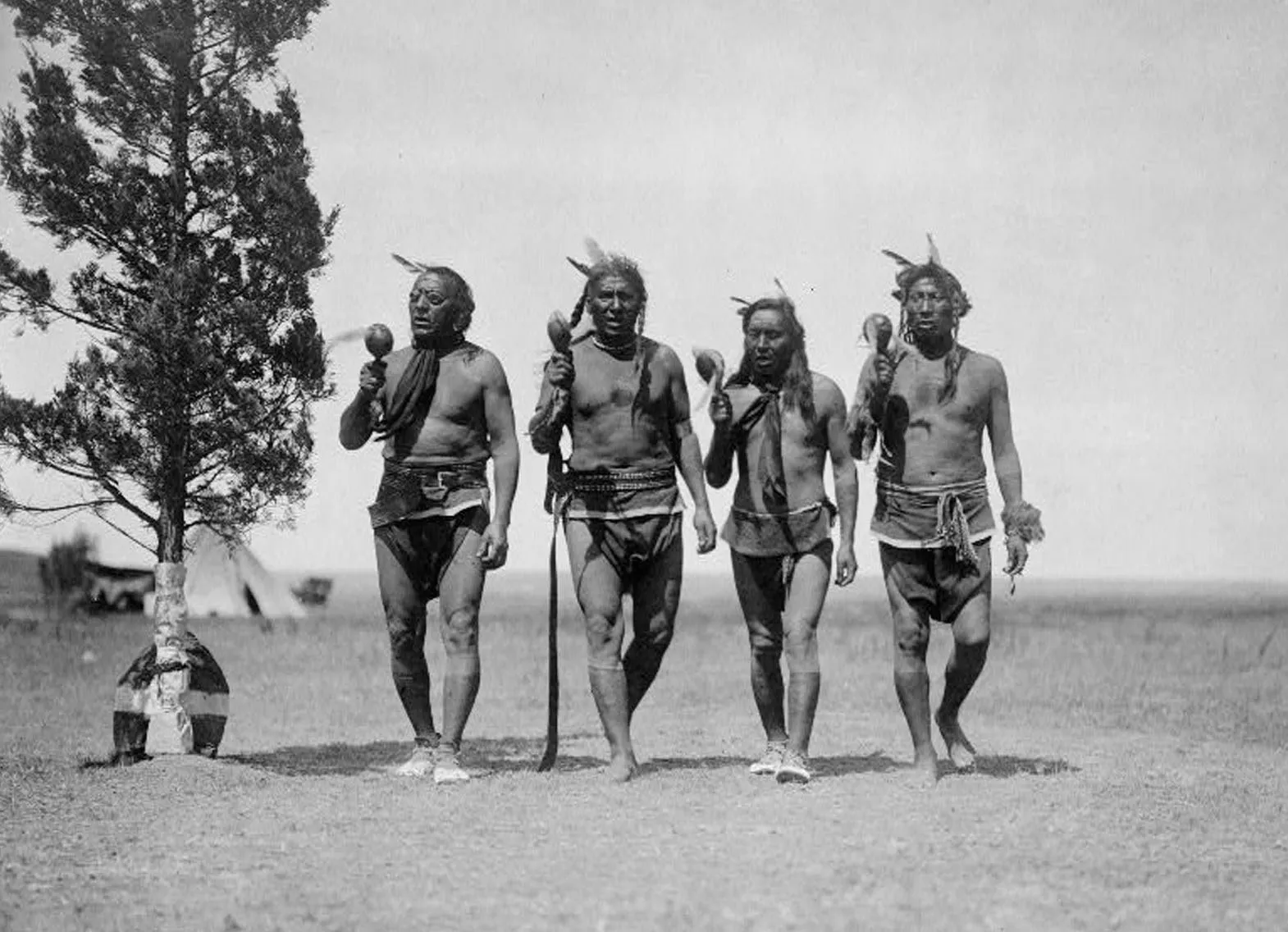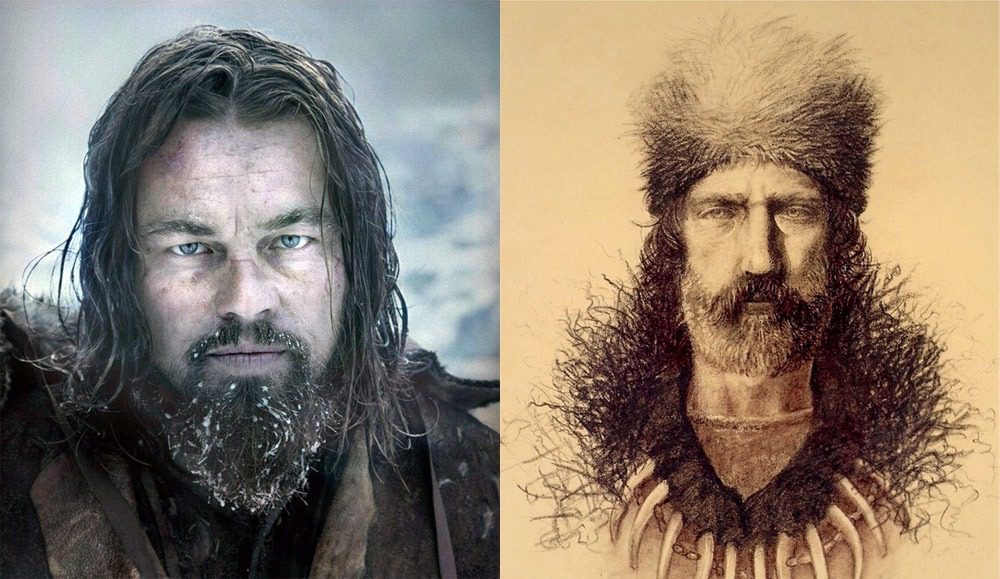Many soldiers answered in 1822 to General William Henry Ashley’s advertising in the Missouri Gazette as well as Public Advertiser for at least 100 men to participate in a fur-trading expedition across the river Missouri. Many of them went on to become legendary mountain men after joining the group that became known as “Ashley’s Hundred.” Hugh Glass, joined the team to become the future adventurer of the Upper Missouri River basin in modern-day Montana, to the Platte River region of Nebraska.
Ashley and Henry realized that the Missouri River was an unsafe route to the Rockies in the summer 1823. Due to the cannibalistic desires of the upper river Indian tribes their lives, money, time and resources were at an all-time low. The partners agreed to send two trapping parties. This was done to avoid conflict with the Indians in Missouri by transporting the troops on foot towards the Rocky Mountains.
Andrew Henry would lead his trappers north to Fort Henry at Yellowstone’s mouth. Henry got to the fort in concern for the safety of the few trappers that he had left behind, as his new fort was situated in Blackfoot territory.
Also read: The Buford Pusser Story: Tennessee’s Sheriff
Hugh Glass’s deployment to this brigade, whether he volunteered for the Henry party or was recruited, set him on the fateful incident with the grizzly bear. Because horses were few, the men in Henry’s group walked on foot with their pack animals. According to Daniel Potts, thirty men were in Henry’s group.
James Clyman, a beaver hunter, claimed Henry’s overland group consisted of seventeen people; Albeit, this number perhaps did not negate the thirteen men required to staff the keelboat Rocky Mountains. The muse for the 2015 movie “The Revenant” makes one ask what happened that fueled Hugh Glass to the heights of renown that his legend survived to this day.
Table of Contents
The Real Revenant
Hugh Glass was born to parents of Irish and Scottish heritage in Scranton, Pennsylvania. Glass lived in Pennsylvania while he was married. He may have had a girlfriend, who gave birth to two children, but he eventually moved on. The sea captain, who was in his 30s when pirates attacked his ship while voyaging in the Gulf of Mexico in 1819, was still living in Pennsylvania. Glass was offered the option to join the pirate crew or the ranks of the deceased.
He and a friend operated under the command Jean Lafitte, the Pirate chief, for two years, committing atrocious crime before fleeing from the pirates. His friend and he were ultimately taken prisoner by Pawnee tribe during the horrific trip to the land. They had to share a place to live. But not before, the Pawnee tribe bound Glass’ pal to a stake and inserted fragments of resinous pine through his friend’s body. Burning the shards through the man’s fragile sick body as Hugh Glass looked on.
Members of the Pawnee tribe
He sat down before the chief and then searched his pockets for a vial. This was available in Texas, and can be used to make cosmetics, war paint and ceramics around the world. Glass’s joy at the offer and the way he presented it impressed the chief. He rose quickly to be an honorary member, and it is believed that he married a native woman. However, the early records do not support this.
With them, he learned many arts of war, including finding his beloved .54 caliber Hawken (perhaps the reason for the legend of the half-Pawnee son named “Hawk”) Following a period of two years, in January 1823, Glass traveled with the chief to the east to St. Louis, to meet with the American Superintendent of Indian Affairs. Glass preferred to remain in the town after the chief left to command his people. Hugh Glass was then recruited by the Rocky Mountain Fur Company. He was paid $200 annually to trap beavers.
The Tragic Case Of The Grisly Bear
The group reached Fort Kiowa in South Dakota without any problems. Glass, along with a few others, split off from the group and headed west to reach Yellowstone River. Glass was able to get away from the gang while hunting, but accidentally surprised a mother grizzly and her two young pups. The bear ran and cut his limb before he could take any further action. Glass managed to kill the bear using his tools and some help from his trapping group. Glass was left in very poor condition after the incident. He was tied to an old stretcher and taken away, even though none of his trapping companions had expected his survival.
Also, read: Mars Moon Phobos Mystery: Was there a Malfunction?
The Arikara Indians, Native Americans that had previously shown enmity against Ashley’s Hundred, were nearing their doorstep, and the group was hesitant to consider even the idea of another one. The party had to end. Fitzgerald, a man named Bridger, and another young man, Fitzgerald, stayed at Glass, as most of the physically fit men returned home to the fort.
To prevent the Arikara finding him, they were given instructions to bury his remains. After taking his equipment, and rifle, they soon abandoned him. After six weeks, Fitzgerald was ready to take revenge by dressing the torn parts of his body in bear skin and hunting for berries.
At the End Of All Things
Hugh Glass eventually tracked Bridger down to Fort Henry. The teen mistakenly thought he was a ghost. Glass did not murder Bridger, but he reprimanded him. Fitzgerald had convinced him to go. Glass then cursed God and warned Bridger that he would be more careful in future. Glass returned to Fort Atkinson in 1824 after a long journey. He discovered that Fitzgerald had enlisted in the Army while Fitzgerald was there. He was told he couldn’t kill a soldier by Captain Bennet Riley because he would be prosecuted for murder if he did. Riley promised to get Glass’ prized gun after hearing his story.

Arikara tribe men
Glass made a promise to Fitzgerald in return that he would kill Fitzgerald if he ever leaves the army. Historical records show that Fitzgerald was a soldier right up to the day he died. Glass ultimately met the end he’d been avoiding for so long in 1833, following ten years of trapping where he narrated stories about the ancient days, including some grizzly and rattlesnake-inducing ones.
Some believe that the Legend of Hugh Glass is his best work. Unfortunately, he was again attacked by the Arikara while traveling along with two other trappers on the Yellowstone River. He wasn’t as fortunate this time. Two other hunters, one of them a hunter, accompanied him to the fort in search of bears. They hadn’t traveled far and were in secure terrain. They were surrounded by thirty Arikara riding horses as they crossed the Yellowstone River. They seized Glass’ clothing and equipment. He was then scalped.
Comparison and Contrasting between The Man and The Movie
What is known of him is garnered from the 1915 book “The Song of Hugh Glass” by John Gneisenau Neihardt and ‘Pirate, Pawnee, and Mountain Man: The Saga of Hugh Glass,’ published in 1963. However, these tales, together with letters, evidence, trapper memoirs, and extensive oral history, are all that remains of Glass’ life.
Crafted by American author Michael Punke, “The Revenant: A Novel of Revenge” of 2002 was a fictionalized account to create sympathy for the mountain man who lost his son and was hell-bent on vengeance, yet the real man was so much simpler, only wanting his rifle back.

Hugh Glass (right), Leonardo Dicaprio.
Director Alejandro González Iñárritu could not bring to life all the exploits of this madly driven man that defied death multiple times but what he could do was immortalize the legend of Hugh Glass, albeit, it was dramatized for cinema. His legendary story piqued the director’s interest, eventually molding the Oscar-winning picture “The Revenant”, with famed Leonardo Dicaprio as the mountain man
. In the end, Hugh Glass never rode off a cliff, never slept within a dead horse’s carcass, never fired at nor viciously fought with Fitzgerald to avenge his young son. Hawk was not his half-native son. He had a Hawken rifle that he loved more. But he also faced a far worse reality than the actor in the film.
Also read: Death of a Cheerleader: Kirsten Costa’s Murder by Bernadette Protti
